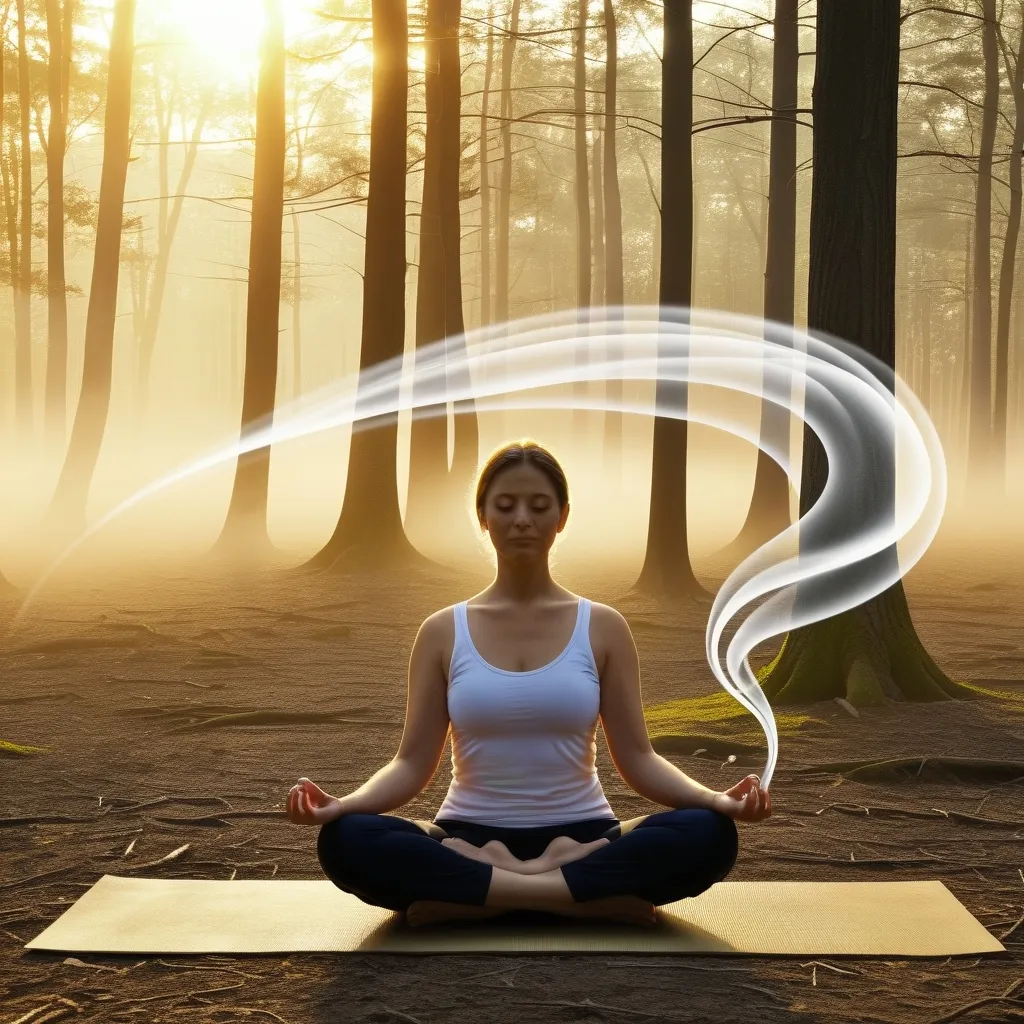Understanding Skin Cancer and the Dangers of UV Exposure
Skin cancer is incredibly common worldwide, but the good news is it’s largely preventable. The primary villain here? That sneaky ultraviolet (UV) radiation, which comes from the sun or those oh-so-tempting tanning beds. Knowing how UV radiation messes with your skin and identifying the symptoms and treatments can help you, and your loved ones stay safe and healthy.
What Exactly is UV Radiation?
So, what’s the deal with UV radiation? It comes from the sun and has shorter wavelengths than the light we see, making it invisible but definitely not harmless. There are two main types: UVA and UVB. UVA rays are the culprits behind aging skin, while UVB rays are the ones to blame for those painful sunburns. Both types can do a number on your skin cells, leading to genetic mutations that might result in skin cancer.
The Big Risks of UV Exposure
Being exposed to UV radiation for too long is like inviting cancer over for a party. These rays damage the DNA in your skin cells, causing mutations that can lead to different skin cancers. The most common types are basal cell carcinoma (BCC) and squamous cell carcinoma (SCC). They’re not usually deadly but still require quick treatment. The real baddie is melanoma, the kind of skin cancer that spreads to other parts of your body and is responsible for most skin cancer-related deaths.
Spotting Skin Cancer
The telltale sign of skin cancer is a change in your skin—think new moles, lesions, or changes in existing moles. Basal cell carcinoma might show up as a small, smooth bump or a flat pink, red, or brown spot. Squamous cell carcinoma can look like a firm, red nodule or a rough, scaly lesion that might bleed and turn crusty. Melanoma usually appears as a pigmented patch or bump with an irregular shape and can be red or white.
To spot melanoma, remember the ABCDE rule:
- Asymmetry: If one half doesn’t match the other.
- Border: Edges that are ragged or blurred.
- Color: Uneven shades of brown, black, tan, red, white, or blue.
- Diameter: A significant change in size, especially if it’s greater than 6mm.
- Evolving: If any new spot or mole changes in color, shape, or size, or starts to itch or bleed.
Treatment Choices
Treating skin cancer depends on the type and severity. For nonmelanoma skin cancers like BCC and SCC, options include primary excision, Mohs surgery, electrodesiccation and curettage, cryosurgery, and even topical creams. These treatments are usually pretty effective and can be done in a doctor’s office.
When it comes to melanoma, treatment gets more intense. It might involve wide surgical excision, sentinel lymph node mapping to see if it has spread, chemotherapy, biological response modifiers, and even radiation therapy. Catching melanoma early is your best bet because it can spread fast if left untreated.
Keeping Skin Cancer at Bay
Preventing skin cancer is way easier than treating it. Here are some easy steps to lower your risk:
- Steer Clear of Excessive Sun: Try not to be out in the sun, especially when UV rays are at their peak (between 10:00 a.m. and 4:00 p.m.). This goes for cloudy days too—UV rays can sneak through clouds.
- Sunscreen is Your Friend: Use a good broad-spectrum sunscreen with an SPF of at least 30. Slather it generously on all exposed skin and reapply every two hours, or more often if you’re swimming or sweating.
- Protective Gear: Wear dark, tightly woven clothing and a broad-brimmed hat. Sunglasses that block both UVA and UVB rays can protect your eyes and the skin around them.
- Say No to Tanning Beds: These emit UV radiation and significantly increase your risk of skin cancer. It’s best to avoid them altogether.
Keeping an Eye on Your Skin
Regular skin checks are crucial for catching skin cancer early. Keep an eye out for any new growths or changes in your existing moles, freckles, bumps, and birthmarks. Use mirrors to check hard-to-see areas like your face, neck, ears, and scalp. Also, don’t forget to check your chest, trunk, arms, legs, and feet. If you notice anything off, let your doctor know ASAP.
Damage Adds Up
The harm from UV exposure accumulates over time. While your body can fix some of the DNA damage in skin cells, it can’t fix everything. The unrepaired damage can lead to mutations that cause skin cells to multiply rapidly, forming malignant tumors. The amount of damage depends on how intense the UV rays are and how long your skin is left unprotected.
Other Risk Factors
While UV exposure is the main risk factor for skin cancer, other factors can bump up your risk too. People with lighter skin tones are more susceptible because they have less melanin, which offers some natural protection against UV radiation. Additionally, folks with weakened immune systems, like those living with HIV/AIDS or taking immunosuppressant drugs, are at higher risk of developing skin cancer.
Wrapping It Up
Skin cancer is a big health concern, but the silver lining is that it’s largely preventable. By understanding the risks tied to UV exposure and taking straightforward protective measures, you can greatly reduce your chances of developing skin cancer. Remember to dodge too much sun during peak hours, use sunscreen and protective clothing, avoid tanning beds, and keep checking your skin regularly. Early detection and treatment make a world of difference in managing skin cancer. Stay informed, stay protected, and enjoy the sun—just do it safely.






